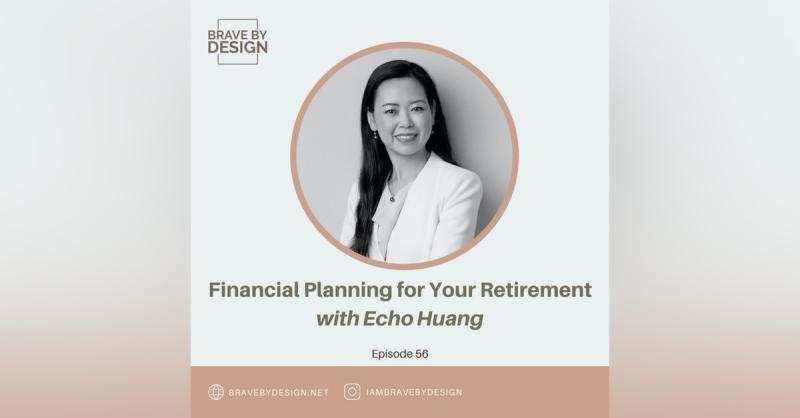Are You a Candidate for a Living Trust?
In my last few chats with you, we’ve been discussing estate planning , and in my last blog, I tried to simplify estate planning by using a pie metaphor… a cherry pie, cut in half. Today, I thought I would change it up to a pizza pie. One half of the pie is will-based planning, and the other half is trust-based planning. Both are important parts of your overall wealth management process, and your financial advisor and estate attorney are key to helping you decide which is better for your situation. Let’s look further into trust-based planning.
Trust-Based Estate Planning
High-net-worth individuals and individuals who have assets in different states or those with blended families (e.g., children from two marriages) have a more complex situation that requires a more sophisticated estate plan.
They often need to take a trust-based approach. Essentially, the trust allows a third party to hold assets on behalf of your beneficiaries. In this plan, you will need a pour-over will, a revocable living trust, health care directive, and a durable power of attorney. Since we discussed these last two slices in my last blog, let’s take a look at the remaining three.
Pour-Over Will
If you have a trust in place, your will is only used as a safety net to catch any assets that you didn’t transfer into your trust prior to death. In this case, your will is called a pour-over will, and it contains minimal instructions since your revocable living trust is the main document governing your estate plan.
A Revocable Living Trust
Also known as a living trust, a revocable living trust is a legal entity created to hold ownership of an individual’s assets. It’s generally drawn up by your estate planning attorney.
Once the trust is created, you must sign and date it to execute it. From that point on, you as the person who formed the trust is known as the “grantor.” Some grantors prefer their attorney to act as trustee, but in most cases, the grantor also serves as the trustee and continues to control and manage the assets that are placed in the trust.
A revocable living trust contains a detailed set of instructions covering three important periods of your life: what happens while you are alive and well, what happens if you become mentally or physically incapacitated, and what happens after your death.
The trust allows you to organize and determine to whom you want to give assets. They can be distributed immediately to beneficiaries or be managed by the successor trustee to distribute to them over time, depending on how you wrote your trust provisions.
By avoiding probate, these assets and their beneficiaries remain private—since probate is entered into the public record—and are more efficient and, therefore, cheaper in terms of attorney fees after your death.
Generally, probates also take much longer to complete than the administration of revocable trusts.
Wills vs. Trusts
Whether you should take a will-based approach to estate planning or a trust-based approach to your estate plan depends on the complexity of your wealth and your needs in terms of beneficiaries.
One advantage a will-based plan has over the trust-based plan is the initial cost. The latter will cost a couple of thousand more than the former in legal fees at the beginning, but if your situation is complex, it’s probably worth the investment, as you may save a lot more in attorney fees and taxes after your death.
The main benefits of using a revocable trust include avoiding probate. Probate is very cumbersome and time-consuming, which means a major benefit of using a trust-based plan is the hassle and time it saves your beneficiaries, as well as affording privacy to your heirs because your estate does not go through probate court and therefore does not become public knowledge.
A second advantage of the trust is that it allows you to decide whether you want to grant your assets as a lump sum to one beneficiary or control it in more specific detail.
You can make a lot of provisions that you think are reasonable after your death. The trust also gives you the option to control the timing of the distribution.
The trust can also be designed so that it’s protected from your beneficiaries’ creditors. This level of control afforded by the revocable living trust is often called “control from the grave.”
Tax Considerations
Despite its advantages and ability to avoid probate, a revocable living trust will not allow you to avoid paying estate taxes. In 2020, federal estate and gift tax exemption is currently $11.58 million per person or $23.16 million for married couples. State taxes vary from state to state. In Minnesota, the state estate exemption is $3 million per person in 2020. That means, if your estate, including your life insurance death benefit, is over $3 million, your estate may need to pay up to 16% state estate taxes. These high exemption amounts may decrease in the future, especially when the deficit has been increasing.
Regarding life insurance, one way to reduce estate taxes is to set up an irrevocable life insurance trust (ILIT) to be the owner and beneficiary of your policy. You should not plan to withdraw money from this ILIT and must name a trustee to handle the payment of the insurance premium.
By taking advantage of the annual gifting exemption of $15,000, you can put $15,000 a year into your ILIT to pay your annual life insurance premium without using any of your lifetime gift exemption.
If you have a $2 million death benefit (with you as the insured), that benefit will be paid on your death to your ILIT, rather than being counted as part of your estate.
An ILIT is different from a revocable living trust because your gift to the ILIT is a complete gift, and you do not access the assets inside the ILIT for your own benefit. Therefore, if you follow the IRS rules properly, the assets, including death benefits, can bypass your estate to save estate taxes.
After discussing all the pieces of the metaphorical pie called Estate Planning, I hope you have seen the benefits of this planning. Estate planning is meant to offer you comfort, knowing all your financial and personal affairs are documented and in legal order.
Next time, we will review the mistakes people make in estate planning. It’s always better to learn from someone else’s mistakes than from your own. Until then, tell me what concerns you might have about estate planning.













